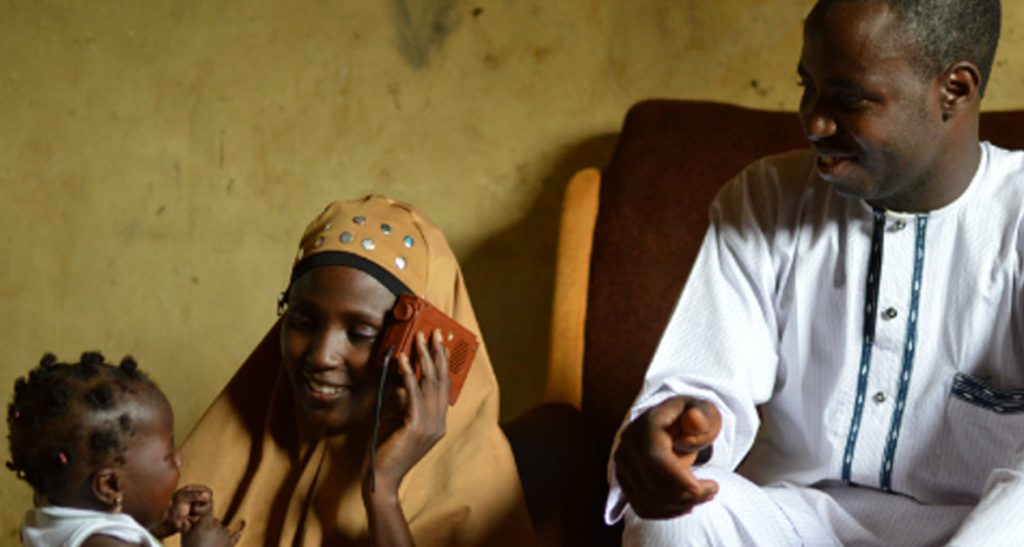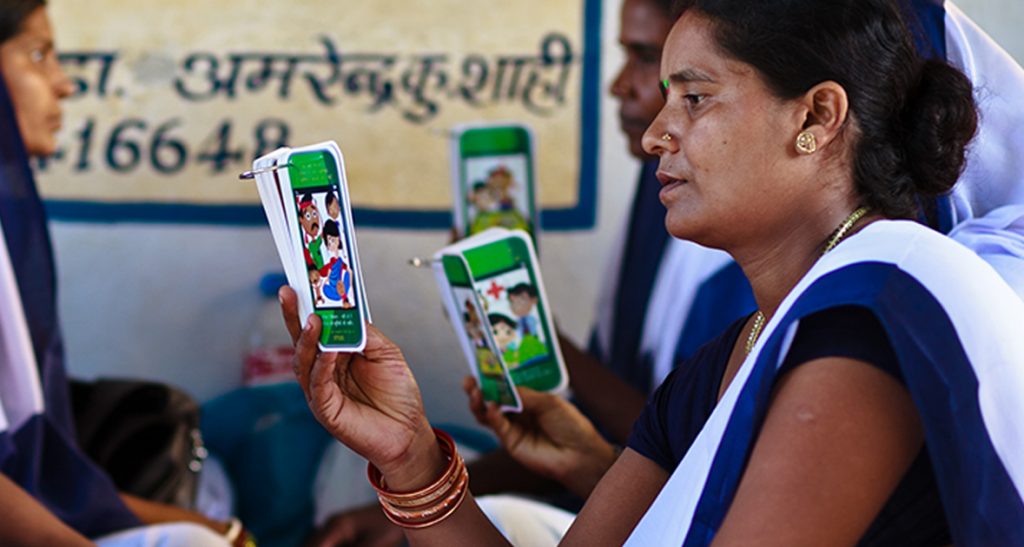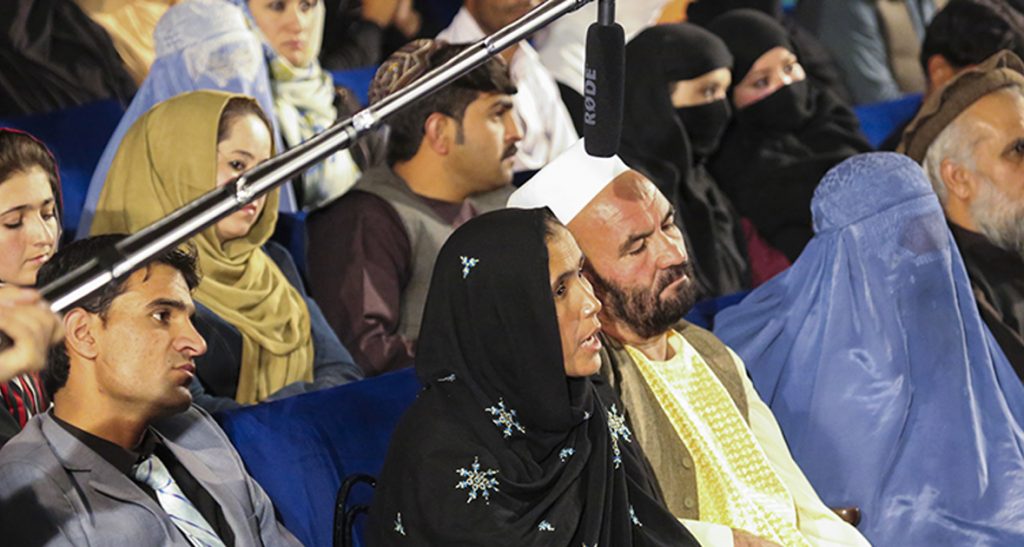Deprecated: explode(): Passing null to parameter #2 ($string) of type string is deprecated in /home/genderandmedia/public_html/wp-content/plugins/wp-viral-quiz/wp-viral-quiz.php on line 563
Menu
An increasing number of media organisations are running gender sensitive and gender transformative projects (taken to include programmes). This section of the site provides tools and guidance to help you design your own.
Gender analysis involves assessing a project’s potential impact on women and men, girls and boys, as well as on power relations between genders. This can be done through a combination of desk research, talking to stakeholders and conducting research with the general public. You can use it to:
• Assess differences between men and women in a particular context. This might involve analysing how roles and societal expectations vary depending on gender.
• Identify ways of encouraging equality.
• Ensure that a project doesn’t disadvantage a particular gender and/or age group.
• Build commitment to gender equality within your team.
Gender analysis can help you:
Better understand the context you’re working in. Gender analysis can aid you in learning about gender roles, responsibilities and power dynamics.
It can also familiarise you with the distinct experiences of men and women, who each have recourse to different options for improving their lives. This awareness can allow you to identify imbalances for your work to address.
Recognise that your assumptions may be wrong. Contrary to what your instincts might be, not everyone has the same ability to get involved with, influence or benefit from projects. It’s important to look into why that is and uncover what obstacles different genders have to overcome.
Make more effective and relevant programmes. To do this, it is best to conduct research to know more about how gender affects people’s priorities, needs and abilities. This leaves you better equipped to make powerful programmes.
Once you’ve completed your gender analysis, you can use gender sensitivity criteria to formulate the overall vision for your project. It’s important to be clear on what you want to achieve.
The next steps in designing a gender sensitive or transformative project are to identify what problems you want to address and how.
These are all things you would think about when developing a project theory of change. However, it’s important to make a special effort to keep men and women’s different needs and circumstances in mind as you plan your work.
List key groups you want to work with. It can help to map them out using concentric circles, with the most vulnerable groups in the centre.
Go beyond broad categories like ‘audiences’ and ‘gatekeepers’ – put women and girls, men and boys into different groups.
Brainstorm the challenges each group faces and write them on separate Post-its. Try to drill down to problems that are the root causes of other challenges. Remember that different ages and genders may face very different obstacles.
Stick the Post-its on flip chart paper and sort them into clusters by similarity. Rank the top six to eight issues; discussing and moving them around until you come to a consensus on which core – and related – problems you want to address.
Use the problems to decide on your targets for each group, categorising them into short, medium and long-term aims.
What do you want your project to do for men and women? Are you trying to secure the same outcomes for both genders? Should you have objectives relating to a specific gender issue or to gender equality in general?
Having considered a variety of options, agree on the core changes your project will focus on, as you may not be able to work on all of them.
Now try to think about the external factors that could help or hinder change. Who has the power to influence change – either positively or negatively? Does this answer change depending on whether you’re just focusing on men or solely on women? This will help you identify who you should work with or how others might contribute to achieving your goals.
Identify the key activities to achieve your objectives for each of your target groups. Bear in mind that the needs and preferences of men and women, boys and girls are likely to differ when considering choice of platform, broadcast partner, timeslot, format etc.
Do you need to allocate any of your budget to developing activities specifically for women and girls (e.g. working with local women’s groups to build the confidence of female audiences) or men and boys (e.g. on harmful concepts of masculinity) in order to increase gender equality?
Identify what you need to make your project happen, making sure to consider the resource implications. Will you need to develop staff capacity to work on gender issues? Do you need to conduct research? If so, do your plans ensure you are not disadvantaging women; is it happening at an appropriate time for women to participate, is it being done at a place and time that suit women and is it being carried out by people they can relate to?
Have you considered the risk of the project reinforcing gender inequality or negative gender stereotypes? Could any activities cause a backlash against women (or men)? How could the project pre-empt or mitigate any possible negative impacts?

Did your project successfully reach and engage both men and women?


You research how young men and women consume information in the country you’re working in. You look into which media platforms they prefer and what complexity of content they can understand. You would find out what issues matter to both women and men.